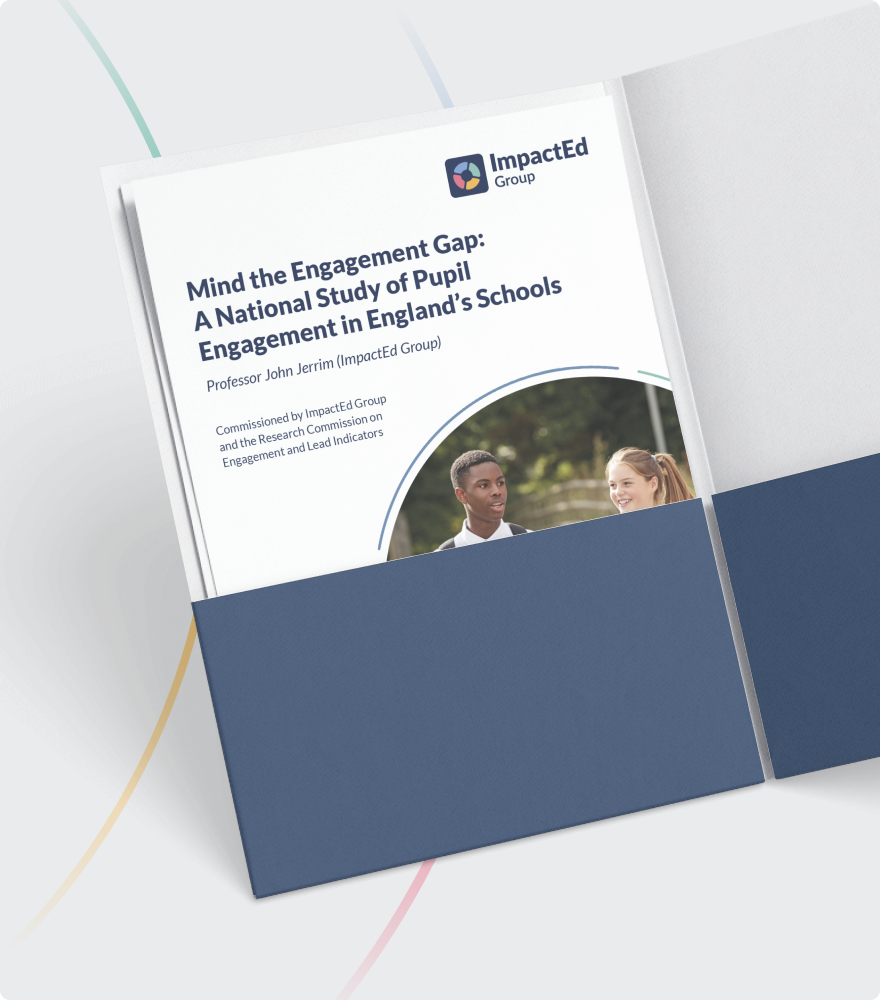
Research Brief: Inclusive Environments for Every Child
Read the full report
Fill out the form to access the complete article
Research Brief: Inclusive Environments for Every Child
ImpactEd Group, in collaboration with Challenge Partners, is leading a national research project on Inclusive Environments for schools and multi-academy trusts.
ImpactEd Group, in collaboration with Challenge Partners, is leading a national research project on Inclusive Environments for schools and multi-academy trusts. Through this research, we will explore the factors that shape inclusive environments and provide actionable insights on the barriers and enablers to ensure that all pupils, especially those with Special Education Needs and Disabilities (SEND), are able to engage, achieve, and thrive. In England, over 1.6 million children and young people have been identified as having SEND, accounting for 18.4% of the school population—more than one in every six pupils (DFE, 2024). Furthermore, pupils with SEND tend to experience poorer outcomes compared to their peers (Duckworth et al., 2025). In what follows, we provide an overview of the research literature on inclusive environments and discuss why we have commissioned this research.

Key findings
Leadership Environment
The leadership environment is a key driver in creating an inclusive school environment and relates to a number of different domains. For this research, we draw on the Primary Colours Model of Leadership
Teaching Environment
The teaching that takes place in a school is instrumental to all pupils’ outcomes, and it can have a particularly significant impact on pupils with SEND if it does not account for educational needs.
Physical Environment
An often-overlooked aspect of inclusion, the spaces we create profoundly impact learning and engagement. The physical environment for pupils with SEND for example is key for learning and can act as a barrier to access and engagement. One way the physical environment can be understood is through the lens of physical and sensory needs
Latest reports
Latest research, campaigns and resources from the team at ImpactEd Group
Get in touch
To speak to one of our senior team about how we could support your work, please get in touch



.png)


